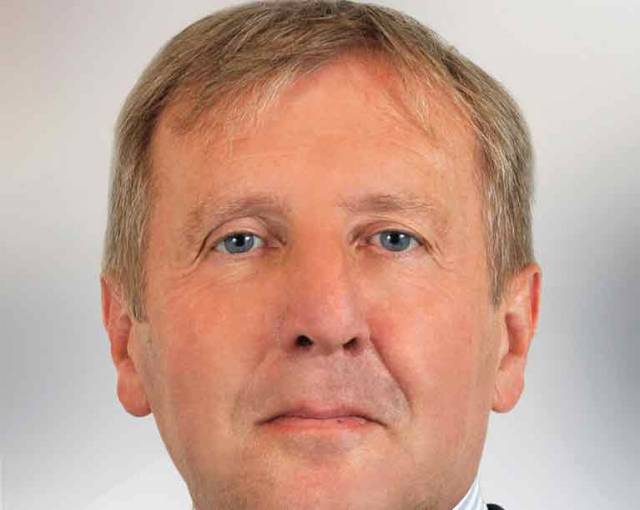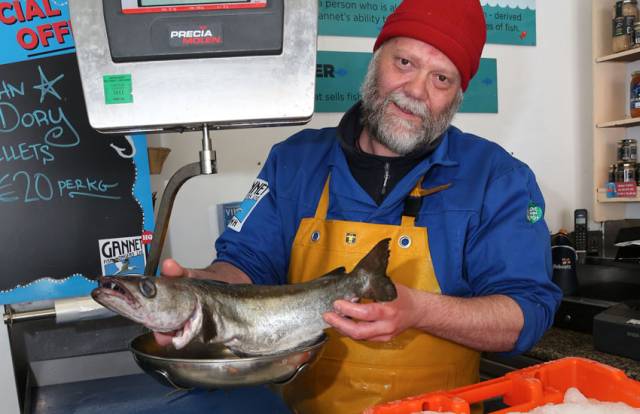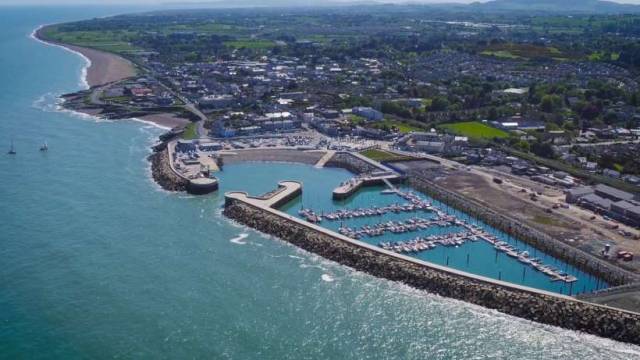
Fishermen’s Blockade Of Greystones Harbour ‘Toned Down’ With Assurance Of Meeting To Discuss Grievances
23rd June 2019 Fishing
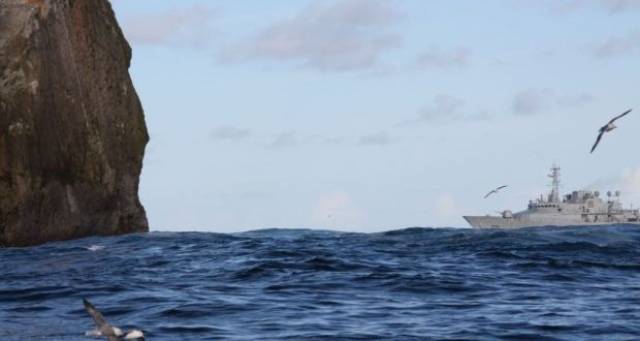
'lllegal' Irish Vessels Warns Scottish Minister Could be Boarded as Creed Dismisses Navy Involvement
10th June 2019 Fishing
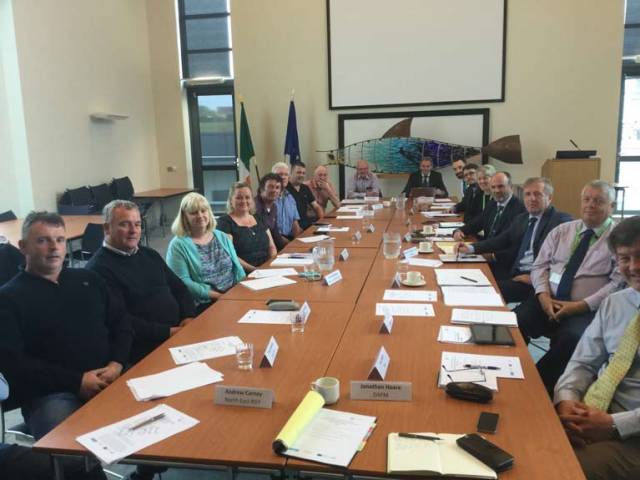

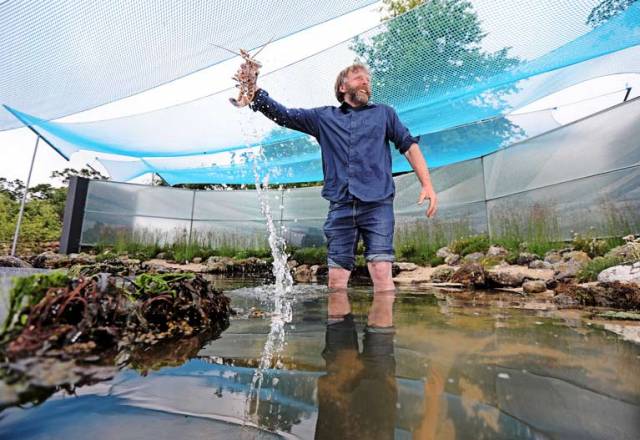

Greystones Fishermen Protest As Redeveloped Harbour Leaves No Room For Commercial Fleet
18th May 2019 Fishing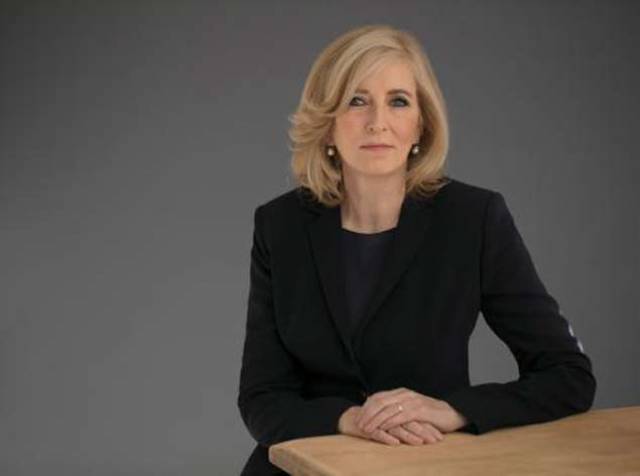



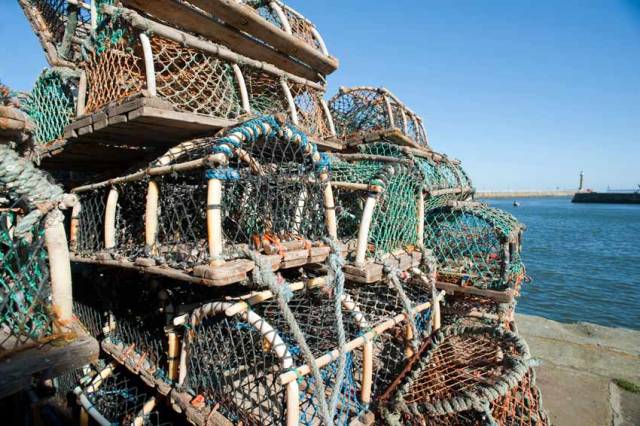

Agreement on Employment Scheme of Non-EEA Fishers in Parts of Irish Sea-Fishing Fleet
30th April 2019 Fishing